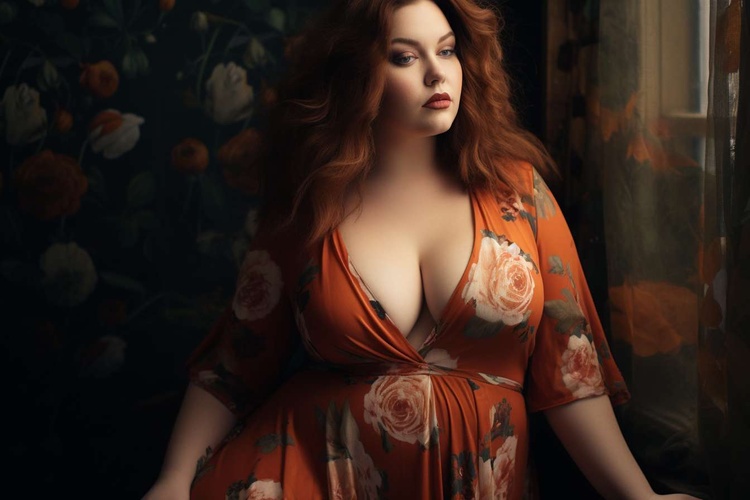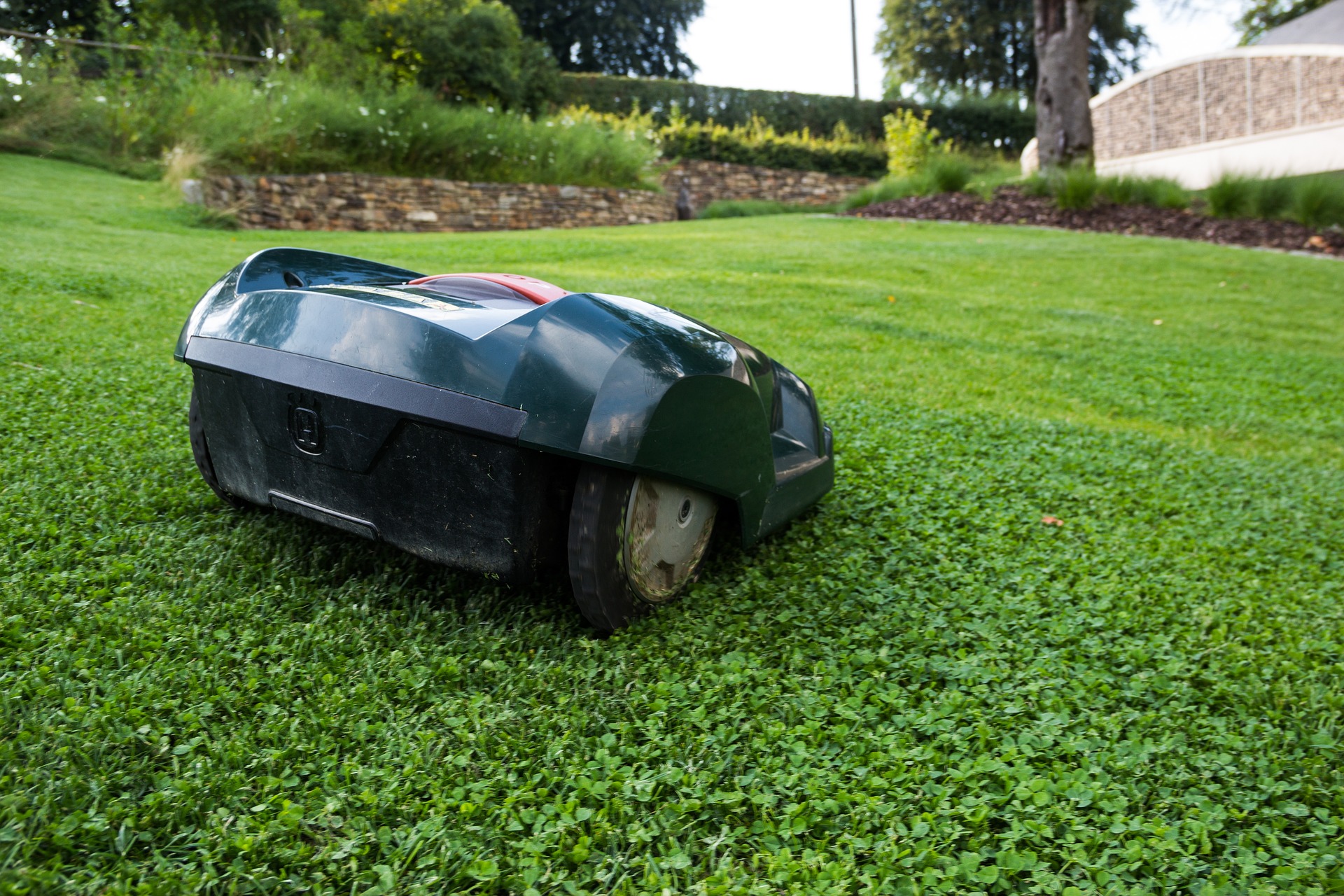The Power of Color in Beauty and Makeup
Color has always played a significant role in beauty and makeup. The colors we choose to apply on our faces can drastically change our appearance, influence our moods, and even communicate different messages. Whether it's a bold red lipstick that exudes confidence and glamour, or a subtle nude eyeshadow that suggests a natural and understated elegance, the power of color in beauty and makeup cannot be underestimated. This article delves into the historical context, current relevance, and future trends related to color in beauty and makeup, offering a comprehensive exploration of this fascinating topic.

The Historical Context of Color in Beauty and Makeup
Historically, the use of color in beauty and makeup can be traced back to ancient civilizations. The Egyptians, for instance, were known for their elaborate makeup routines that involved the use of vibrant colors. The green malachite and the black kohl were used to create dramatic eye makeup designs, while red ochre was used for lip and cheek color. These colors weren’t just chosen for their aesthetic appeal: they also had symbolic meanings and were believed to offer protection against evil spirits.
In the Victorian era, however, makeup was considered vulgar and was shunned by high society. Women sought to achieve a pale, unblemished complexion, which was seen as a symbol of purity and aristocracy. It wasn’t until the 1920s that makeup came back into fashion, thanks to the flappers who embraced bold lipstick and dark eye makeup as a sign of rebellion against the conservative norms of the time.
The Psychology of Color in Beauty and Makeup
The power of color extends beyond its visual impact. Color psychology, a subfield of psychology that studies how colors can affect human behavior and emotions, has found its way into the realm of beauty and makeup. For example, red is often associated with passion, power, and excitement, which explains why a red lipstick can make us feel more confident and empowered. On the other hand, blue evokes feelings of calm and tranquility, making it a suitable color for relaxation and meditation.
Current Trends and Impact
With the rise of social media and the digital age, the use of color in beauty and makeup has taken on new dimensions. Makeup enthusiasts and influencers have been experimenting with bold and unconventional colors, pushing the boundaries of what is considered acceptable or beautiful. This has resulted in a more inclusive beauty culture that embraces diversity and individuality.
The shift towards a more expressive and creative use of color in makeup can also be seen in the beauty industry. Brands are constantly releasing new products with a wide range of colors and finishes, from vibrant neon eyeshadows to holographic highlighters. This trend has made makeup more accessible and enjoyable for everyone, regardless of their skill level or personal style.
Reception and Future of Color in Beauty and Makeup
The use of color in beauty and makeup has generally been well-received. While there are still societal pressures and expectations around what is considered ‘appropriate’ makeup, the beauty community has become more accepting and encouraging of individual expression.
Looking ahead, it’s likely that the use of color in beauty and makeup will continue to evolve. As society becomes more accepting of diversity and individuality, we can expect to see a wider range of colors being embraced in the beauty world. Furthermore, advances in technology could potentially open up new possibilities for color and makeup. For instance, augmented reality could allow us to virtually try on different makeup colors and looks, making the process of selecting and buying makeup more interactive and personalized.
In conclusion, the power of color in beauty and makeup is vast and multi-faceted. It’s not just about enhancing our physical appearance, but also about expressing our identity, influencing our mood, and communicating with the world around us. As we continue to push the boundaries of color and creativity in the beauty realm, we can look forward to a future where makeup is not just a tool for enhancement, but also a form of art and self-expression.




